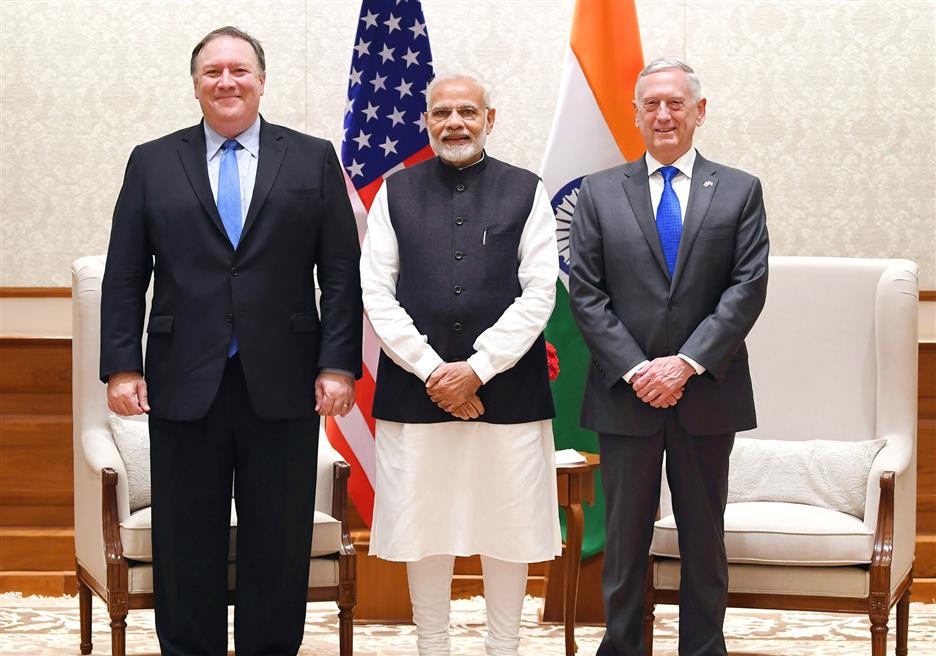 Prime Minister of India Photo
Prime Minister of India Photo
To Balance Against a Rising China: Strengthen ties with India
Vice President Mike Pence’s speech last Thursday underscores the deep concern that the United Sates harbors over China’s human rights violations, military buildup, and trade practices. As Pence warned, “China wants nothing less than to push the United States of America from the Western Pacific and attempt to prevent us from coming to the aid of our allies.” The U.S. concerns are likely to only worsen as China continues to economically develop. In order to balance against the rising threat that China poses, the U.S. should continue its efforts to warm relations with India.
India is currently concerned about China’s rise, and many of China’s recent actions have only worsened its concern. China’s recent seizure of the Hambantota port in Sri Lanka, has stoked fears in New Delhi that the port could one day be militarized. China has also established the China-Pakistan economic corridor, through which it plans to invest over $46 billion. Tensions also rose last year when Indian and Chinese troops engaged in an over two month standoff on the Doklam Plateau, which is situated on the strategically important Bhutanese-Chinese border in the Himalayas. These actions taken together pose a severe threat to India’s power projection capabilities, as China is encircling India in what has been referred to in New Delhi as “a string of pearls”.
The United States and India are natural partners for a multitude of reasons. They are both democracies, with the world’s 1st and 6th largest economies (by GDP). The two countries also both invest heavily in their militaries, spending the 1st and 5th most by dollar amount respectively. Furthermore, India’s geographical location leaves it ideally situated to help contain China within its own region.
The U.S. has already taken many actions to improve U.S.-Indian relations. In 2007 the U.S. invited India into the Quadrilateral Security Dialogue (the Quad), a military dialogue between the U.S, Japan, Australia and India. The U.S. is also a major arms and military equipment exporter to the country, ranking as India’s second largest source of foreign arms. The Trump Administration has followed in the footsteps of past administrations and taken steps to improve U.S.-Indian relations. In May, the U.S. renamed its Pacific command to the Indo-Pacific command, in a nod to the importance of allies and priorities in the Indian Ocean region. In September, Secretaries Pompeo and Mattis visited New Delhi where they signed a defense agreement, which paves the way to for India to receive sensitive U.S. military intel and advanced weaponry. The administration’s pursuit of warming ties is further underscored by President Trump’s praise of the country during his UN General Assembly Speech last month: “…India, a free society [with] over a billion people, [is] successfully lifting countless millions out of poverty and into the middle class.”
Looking towards the future, the United States should continue its pursuit of stronger ties with New Delhi. To do this, the U.S. should look to further increase its military arms sales to India and increase military cooperation. It should push for bilateral defense exercises, cooperation and intelligence sharing. Although traditionally the U.S.’ ties with Pakistan have prevented closer ties with India, Pakistani-U.S. relations have become strained after U.S. accusations of support for the Taliban and the election of an anti-U.S. prime minister last July. To conclude, improved ties between the United States and India would be strategically beneficial to both nations, serving as an effective way to check China’s malign influence in the region.





